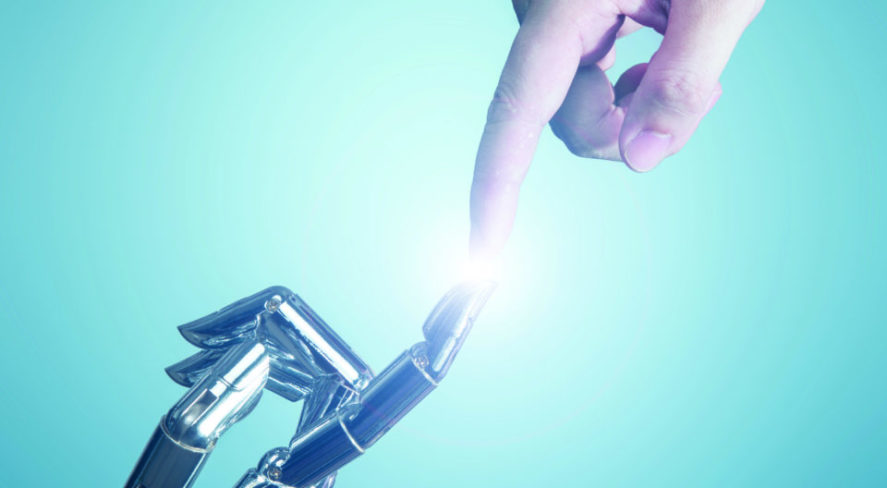Robot Evolution: How Security Robots Can Enhance Security Programs

New technologies are enhancing the security teamwork between man and machine

In many industries, the introduction of machine learning, computer vision and robotics is changing the paradigm of security and facility management. Robots are more than a compilation of sensors and computation. They offer both innovation and adaptability, and they are, quite literally, computers that can reach out and touch the world. They are designed to move around human spaces safely and in a way that avoids being intimidating or scary, thus easing cultural acceptance. As the use of security robots increases, costs will decrease and capabilities will improve.
As a result of new integrations, robots have evolved considerably in just a few years. Robots can, for example, detect open doors, unauthorized people and water leaks, and they can investigate suspicious events and sounds. They easily integrate with existing security solutions such as access control; they enable security personnel or facility executives to add remote coverage; and they can augment existing manned guard operations. With continuing advances in technology and integrations with other legacy systems, it is predicted that, within five to 10 years, security robots will be a commonly used tool for security professionals.
Already, corporate security directors have found that robots can address several pain points. For example, robots enable a single person to oversee multiple areas at once. Rather than a company stationing guards to occupy every floor in a corporate facility, robots with telepresence features, as in remote two-way audio and video chat capabilities, can allow an individual to monitor and respond to events across a large area in real time.
In addition, security professionals are using robots to identify safety risks and liabilities, including unauthorized guests or environmental hazards. A robot can detect people who are breaking and entering into a facility, and the robot and a remote specialist can monitor the event and escort the intruder out of the building, without putting anyone in harm’s way. Similarly, robots can interact with visitors and employees and can be a useful tool for emergency response situations, such as by instructing building occupants to vacate the premises during a fire alarm and then ensuring that the floor is clear.
Security robots are quickly becoming an extension of smart buildings and smart organizations. Robotic systems can build models of what is normal, flag anomalies, and then act to detect, prevent and respond to events in real-time. Through complex machine learning algorithms, robots will continue to improve over time. For example, they can regularly and rapidly perform many learning tasks as a part of customer onboarding, including modifying patrols based on past encounters and time of day; learning to differentiate between real people and posters on a wall; and building maps of thermal signatures to search for anomalies.
Robots speak to the changing nature of physical security in the modern enterprise. Historically, physical security largely consisted of “guns, gates and guards.” More recently, security has been heavily focused on people and assets. But there is another change afoot at the strategic level, where security practitioners more and more concern themselves with matters such as risk compliance, business continuity, and accountability. In short, physicalsecurity is increasingly resembling a cyber system because of the adoption of technology. This is a shift in which security can become more rigorous, consistent, accountable and responsive across an organization. As a byproduct of this change, physical security will be elevated within the modern organization, where it can enable business operations to function at maximum capacity, reduce downtime risk for shared services, augment human services, and improve overall employee health and happiness.
The introduction of robots to the security space is another key evolution within the security market, one that melds humans and machines to leverage the best qualities and capabilities of both. As with most new technologies, it will take some time for people to realize the full potential of security robots, including the specific problems they are best at solving. The industry needs to remain honest and realistic about the capabilities and limitations of the technology, while maintaining a level of technical expertise to deliver immediate value and long-term vision.
For security practitioners, security robots present a unique opportunity to enhance security programs by leveraging machine learning technology that will continue to improve and provide additional functionality and value.
